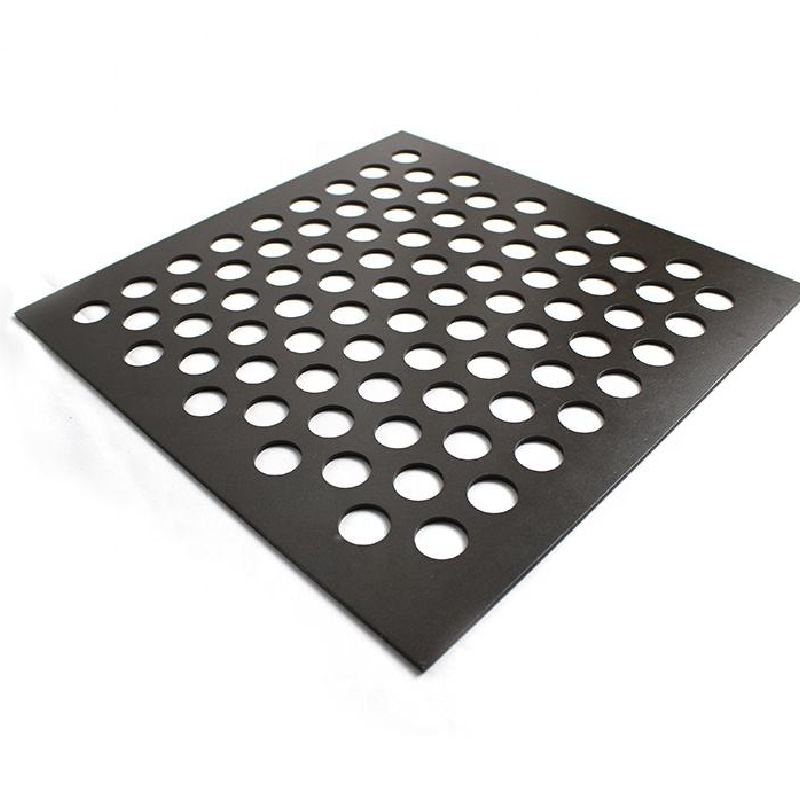The Benefits of Metal Tree Grates A Sustainable Solution for Urban Landscaping
As urban areas continue to expand and evolve, the integration of green spaces into city planning has become increasingly crucial. Among the various elements that contribute to the aesthetic and functional quality of these green spaces, metal tree grates have emerged as a significant component. These grates, which are installed around the bases of trees in pedestrian areas, offer numerous benefits that enhance both the health of the trees and the overall urban environment.
One of the primary advantages of metal tree grates is their ability to provide a stable and durable surface for pedestrian traffic. Unlike traditional materials such as concrete or asphalt, metal grates allow for adequate air exchange and water infiltration, which are essential for tree health. Proper aeration of the soil enables roots to breathe and reduces the risk of root disease. The design of metal tree grates, often featuring slotted or grated patterns, ensures that rainwater can easily reach the tree roots, promoting proper hydration while preventing pooling and waterlogging nearby.
Moreover, metal tree grates play a crucial role in protecting the trees from physical damage. In urban settings, tree roots are often at risk from foot traffic, vehicle movement, and debris accumulation. By encasing the base of the tree in a protective metal grate, cities can minimize the likelihood of soil compaction and damage to the delicate root system. Additionally, these grates can help prevent tripping hazards, which is particularly important in high-foot-traffic areas, contributing to overall public safety.
metal tree grates

Aesthetically, metal tree grates offer a modern and sleek design option that can complement various architectural styles. Available in a variety of finishes and designs, these grates can enhance the visual appeal of streetscapes and public spaces. They can be customized to align with a city’s branding or thematic elements, allowing for creative expression in urban design. This not only beautifies the environment but also fosters a greater appreciation for urban greenery among residents and visitors alike.
Sustainability is another compelling reason for choosing metal tree grates. Typically made from recyclable materials, these grates contribute to a circular economy and reduce the environmental impact associated with urban infrastructure. Additionally, metal grates do not require the maintenance and replacement that other materials might, leading to reduced waste over time. Investing in quality metal tree grates is an investment in the longevity and resilience of urban landscapes, which is paramount in the face of climate change and environmental degradation.
Furthermore, metal tree grates can be integrated with other urban features such as lighting fixtures and benches. This multifunctionality allows cities to maximize space and resources efficiently. By incorporating elements like seating into the design of tree grates, urban planners can create inviting spaces where people can gather, relax, and appreciate nature. Such features not only enhance the user experience but also contribute to community building and social interaction in urban environments.
In conclusion, metal tree grates are a vital asset in the quest for sustainable urban development. By facilitating tree health, promoting safety, enhancing aesthetics, and contributing to environmental sustainability, they offer a multifaceted solution to the challenges faced by urban planners today. As cities continue to grapple with the consequences of urbanization, the adoption of innovative landscape designs, including metal tree grates, will be essential in securing a greener and more livable future for urban dwellers. Embracing these elements as standard practice in urban planning can significantly improve the quality of life for individuals and the ecosystem as a whole.
-
Why Galvanized Trench Cover Steel Grating Resists Corrosion
NewsJul.10,2025
-
The Versatility and Strength of Stainless Expanded Metal Mesh
NewsJul.10,2025
-
Load Calculations in Steel Grating Platforms
NewsJul.10,2025
-
Keeping Pets and Kids Safe with Chicken Wire Deck Railing
NewsJul.10,2025
-
Hole Diameter and Pitch for Round Perforated Metal Sheets
NewsJul.10,2025
-
Aluminium Diamond Mesh in Modern Architecture
NewsJul.10,2025
Subscribe now!
Stay up to date with the latest on Fry Steeland industry news.

